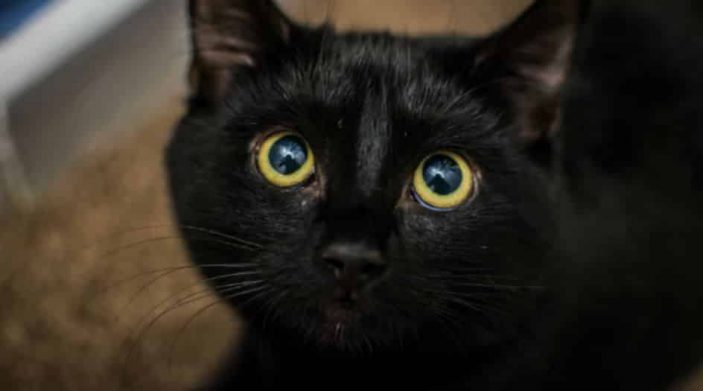Whereas fur color in these pets is controlled by their genes where they have solid colors, tabbies, tortoiseshell and calicos, fever coat, and so on, according to a response on the New York Times, vibrissae or “cat whiskers do not seem to follow the same pigmentation patterns.”
This points out the possibility of these pets having vibrissae that are different from their coat color. In fact, most people say that their cats have white whiskers.
Maybe you also need to observe those on your furry friends and tell us which color they are.
Furthermore, there are some breeds whose vibrissae are entirely black such as the Bombay cat and that how they naturally look like. There is nothing abnormal with them.

Why do cat’s whiskers turn black?
Whereas it is possible for vibrissae and hair to go gray, it has also been noted that “while cat’s hair can turn white with age – but, their whiskers may turn black,” states Mail Online.
The reasons behind the color change which comes as these pets age has not been well studied. Some of the speculated ones could be hereditary where genes contribute to their color appearance or maybe its genetic defects.
One comment on Quora notes that “black whiskers are basically growing out of age spots on the muzzle or other spots on the face.” Indicating that the pigmentation has something to do with the age spots.
This phenomenon needs further studies to be able to definitively explain the observations that have been reported so far. Graying would be considered a normal part of aging.

I have a younger cat at 6 yrs old and whose whiskers have been part black (close to face) getting white towards the end. They’re always been like that since he was born.. about 1/3 black and 2/3 white, explain that! Lol